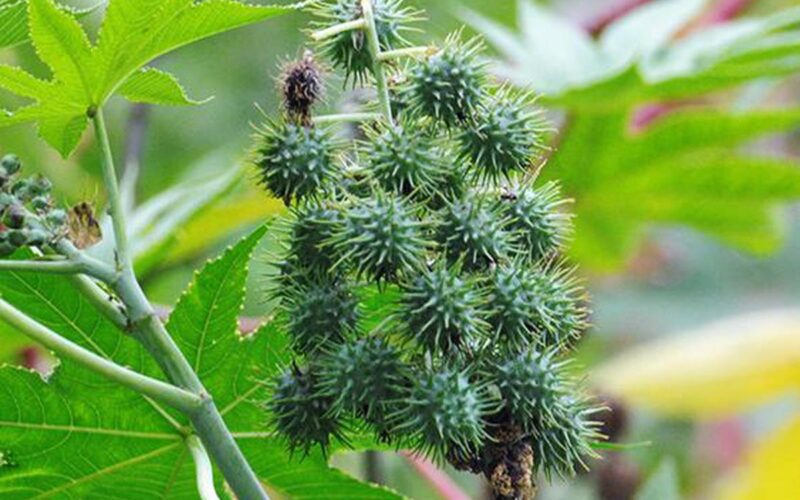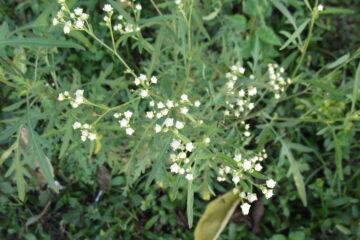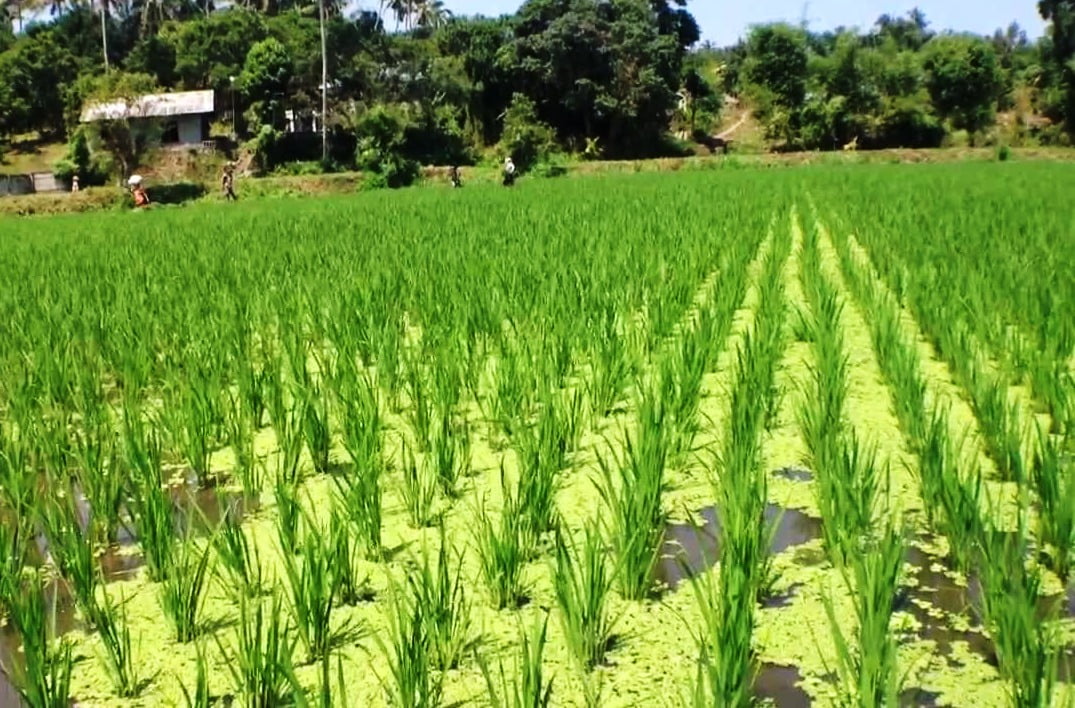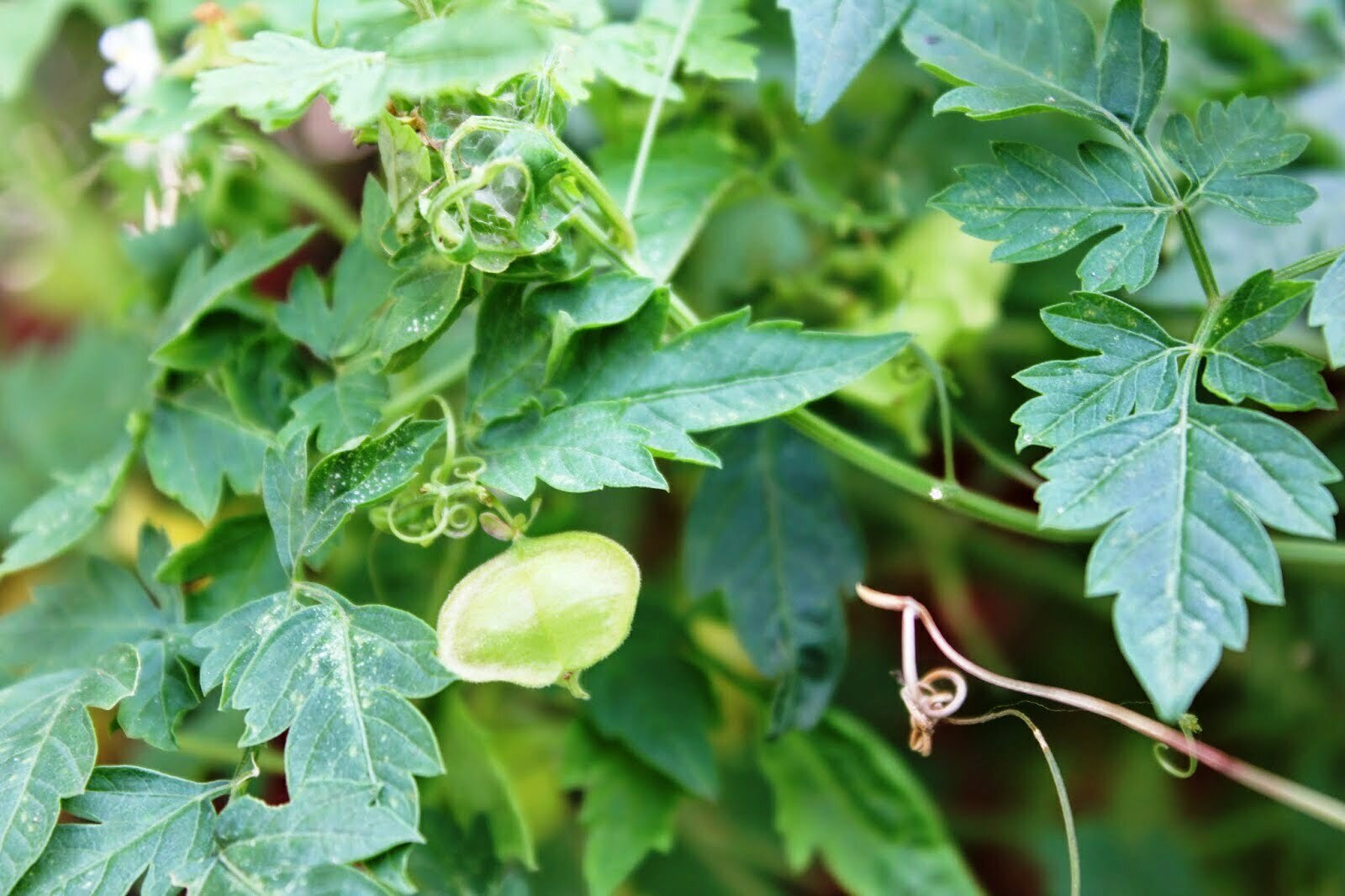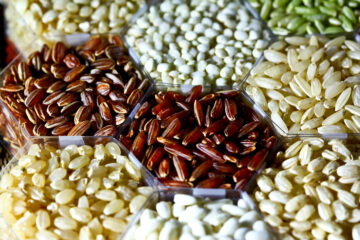Castor is a vital oilseed crop due to its simple cultivation methods, drought tolerance, and adaptability to various environmental conditions. Despite accounting for only 3.44% of global oilseed production, castor holds a prominent position in the oil market.
India plays a leading role in global castor production, productivity, and trade. Exporting castor oil and its by-products generates foreign exchange worth ₹5,000 crores, making castor a significant contributor to the agricultural economy. The increasing industrial demand for castor oil worldwide is driving up its necessity.
Currently, many farmers are engaging in castor cultivation. To maximize yields, they must adopt effective cultivation strategies.
Soil and Climate
Deep, well-drained loamy soils with neutral to slightly acidic pH are ideal for castor cultivation. A temperature range of 20 to 32 degrees Celsius is optimal. Higher temperatures can lead to increased male flower production, reducing yield. Annual rainfall of 750 mm is sufficient, but waterlogged areas should be avoided for castor cultivation.
Plowing and Sowing
Once the monsoon begins, plow the land thoroughly. In loamy regions, deep plowing with a disc plow during summer helps loosen the topsoil and subsoil, allowing roots to penetrate well, controlling weeds, and eliminating pests. After the summer plowing, cross-plowing 2-3 times during the subsequent monsoon is essential.
Sowing Time
Timely sowing is crucial for good growth and high yields. For rainfed crops, sowing during the Aadi and Karthigai periods is ideal. If the monsoon is delayed, sowing castor as an interim crop by August 30 can still yield good results.
Quality Seeds
To achieve high yields, only certified quality seeds should be used. Hybrid varieties require 5 kg of seeds per hectare, while other varieties require 8-10 kg per hectare.
Seed Treatment and Sowing
Various seed treatment methods exist to enhance germination, vigor, and protection against pests and diseases. Mix 2 grams of carbendazim per kg of seeds, treat them for 24 hours, and then sow. Alternatively, treat seeds with 4 grams of Trichoderma per kg of seeds.
Additionally, mix three packets of 200 grams each of Azospirillum and Phosphobacteria (or six packets of Azophos) with rice gruel, treat the seeds, and dry them in the shade for 15 minutes before sowing. This promotes better germination and plant growth, ensuring optimal plant density and higher yields.
Spacing and Maintenance
Maintaining the correct plant density is crucial for increasing seed production. This varies depending on the hybrid, environmental conditions, and cultivation techniques. The following spacing recommendations should be followed:
- YRCH1 (Rainfed): 120×90 cm
- YRCH1 (Irrigated): 150×120 cm
- YRCH2 (Rainfed): 150×120 cm
- YRCH2 (Irrigated): 180×150 cm
Inadequate spacing can lead to plant crowding, causing tall, weak plants prone to lodging. Excessive spacing increases weed growth, delays flowering, and promotes excessive branching.
To maintain proper plant density, sow two seeds per hole, and after 10 days, thin out the weaker plant, keeping the stronger one.
Weed Management
Within three days of sowing, apply 1,300 ml of Pendimethalin or Fluchloralin per acre, mixed in 200 liters of water, and spray it on the field. Alternatively, mix the herbicide with 50 kg of sand and broadcast it when the soil is moist. This effectively controls most grassy weeds but may not manage sedges and broadleaf weeds, which can be controlled by spraying Chlorimuron Ethyl 25-30 days after sowing.
Water Management
Watering is essential immediately after sowing for germination and three days later for establishing the crop. Subsequently, irrigate every 10-15 days depending on weather and soil moisture. Ensure no water stagnation occurs at any growth stage. After rain, loosen the soil with a cultivator to prevent water evaporation and protect the crop from drying out.
During flowering and pod filling stages, if drought occurs, apply 15 kg of urea and 10 kg of potash per acre. This promotes tight pod formation and good yield after the drought.
Nutrient Management
Apply 5 tons of farmyard manure or decomposed coconut husk waste per acre and plow it into the soil. During the last plowing, apply 12 kg of sulfur using gypsum for higher yields.
For rainfed varieties, apply 39 kg of urea, 37.5 kg of superphosphate, and 10 kg of potash per acre. For hybrid varieties, apply 52 kg of urea, 75 kg of superphosphate, and 20 kg of potash.
For irrigated varieties, apply 52 kg of urea, 75 kg of superphosphate, and 20 kg of potash. For hybrid varieties, apply 78 kg of urea, 112.5 kg of superphosphate, and 30 kg of potash.
Fertilizer Application
Apply fertilizers based on soil moisture or follow general recommendations. In rainfed cultivation, apply 100% of nitrogen, 50% of green manure, and ash as a basal dose. The remaining green manure and ash should be applied as top dressing when the soil is moist.
For irrigated cultivation, apply 100% of nitrogen and 50% of green manure and ash as a basal dose. The remaining 50% of green manure and ash should be split into two parts and applied on the 30th and 60th days after sowing.
If there is a deficiency of zinc and iron in the soil, apply 5 kg of zinc sulfate and 10 kg of ferrous sulfate per acre. In non-lime soil, the zinc content available to the crop is less than 1.2 ppm, and iron is less than 3.7 ppm. In lime soil, the available iron is less than 6.3 ppm.
Tamil Nadu Agricultural University’s Castor Micronutrient Mix
If soil testing has not been done, apply 6 kg of Tamil Nadu Agricultural University’s castor micronutrient mix and 60 kg of farmyard manure per acre, mix well, and allow it to rest in the shade for a month before applying it to the soil.
Harvesting and Yield
Hybrid castor varieties produce multiple branches, yielding pods in continuous cycles for up to six months. The harvesting period varies by variety, with most hybrids maturing in 150-170 days.
The first harvest can be done 90 days after sowing, the second at 120 days, and the final at 150 days. Short and medium-duration plants can be harvested three times, while long-duration crops can be harvested 4-5 times.
Do not harvest immature pods, as they will have lower oil content and seed weight, leading to significant revenue loss.
Harvest when 1-2 pods per cluster are mature, i.e., when the pods turn brown. Cut the entire cluster, dry it in the sun for three days, and then separate the seeds using a pod-breaking machine.
Yield
By following the recommended agronomic practices, yields of up to 1,000 kg per acre in rainfed conditions and 1,500 kg per acre in irrigated conditions can be achieved. For obtaining hybrid castor seeds, contact the Professor and Head, Maravalli and Castor Research Station, Yethapur, Salem – 636 119. Phone: 04282 – 299731.
Dr. P. Veeramani, Dr. S. R. Venkatasalam, Dr. P. Arutsenthil, Maravalli and Castor Research Station, Yethapur, Salem – 636 119

